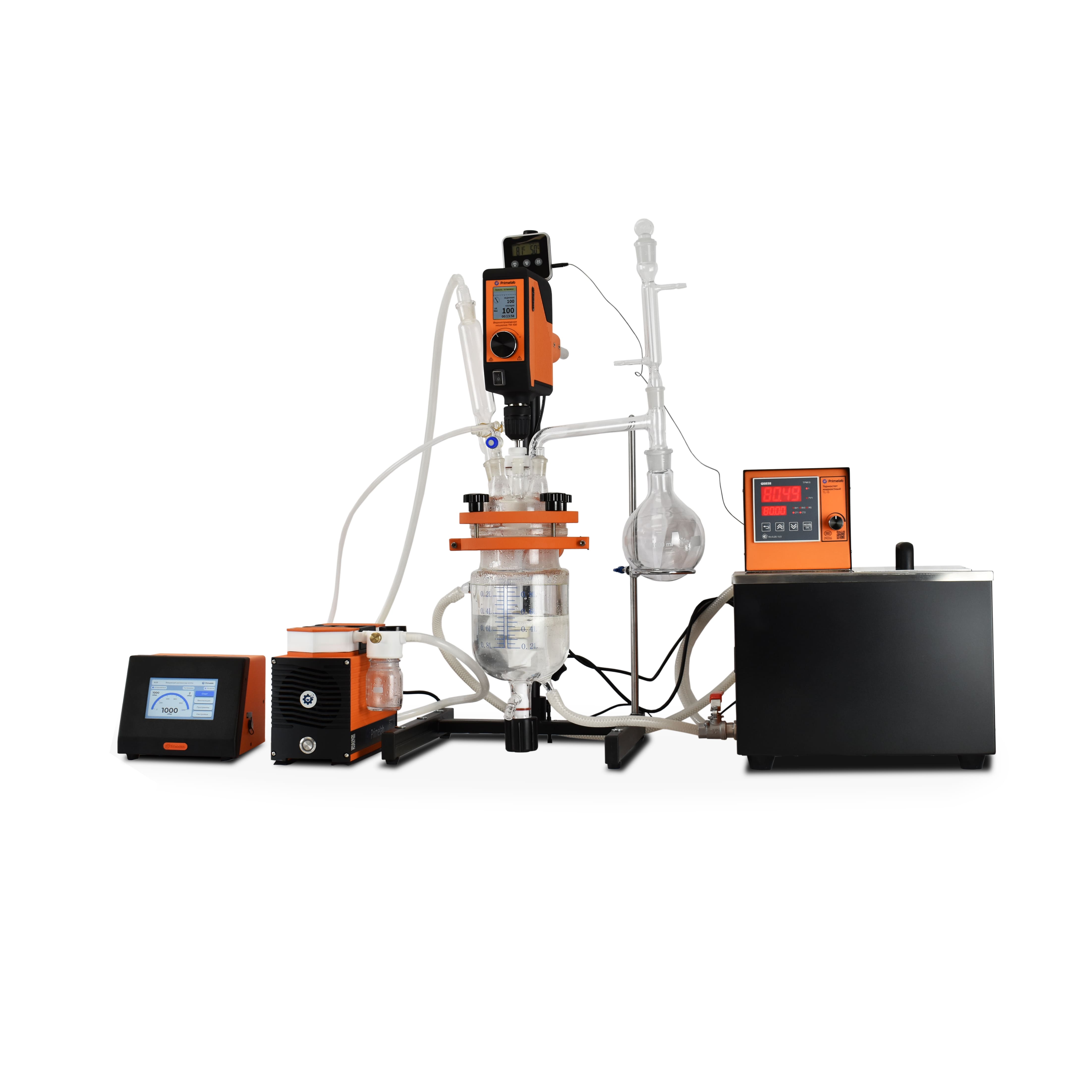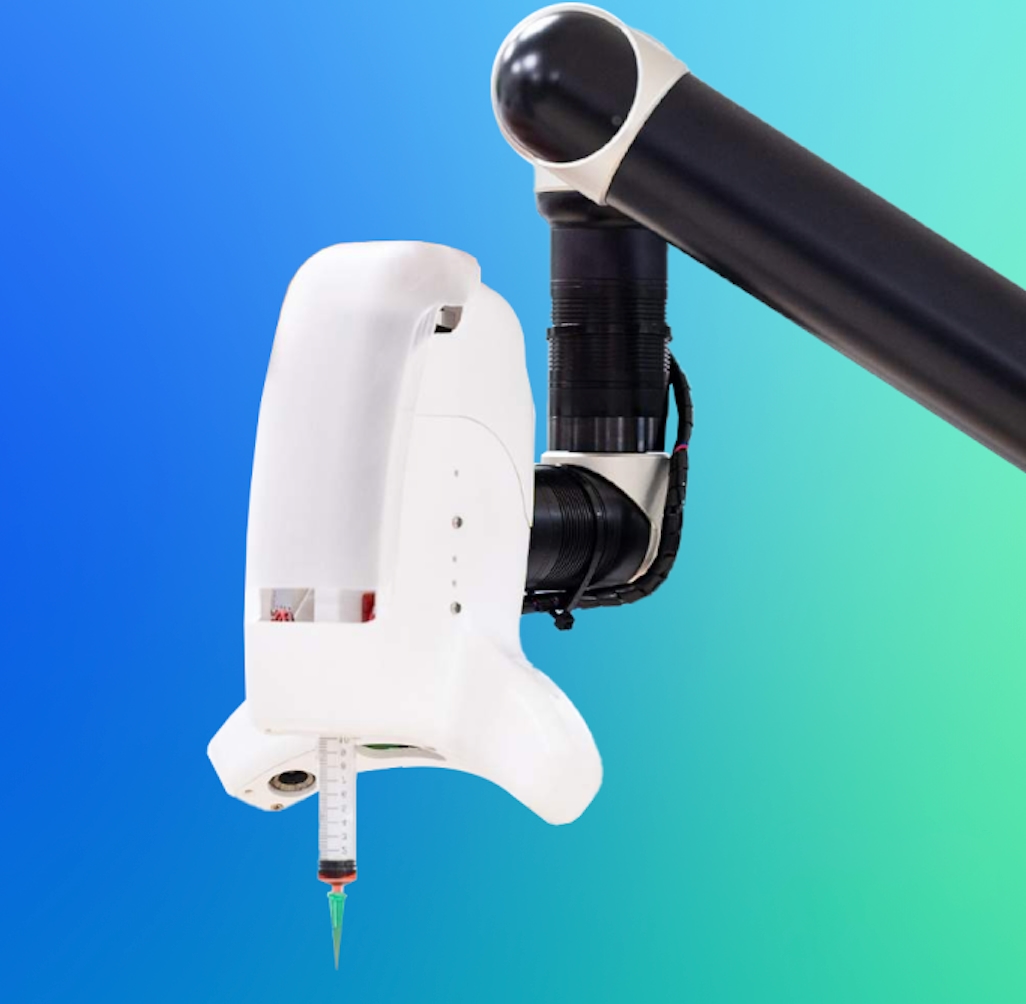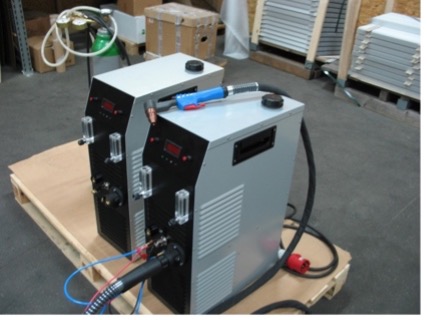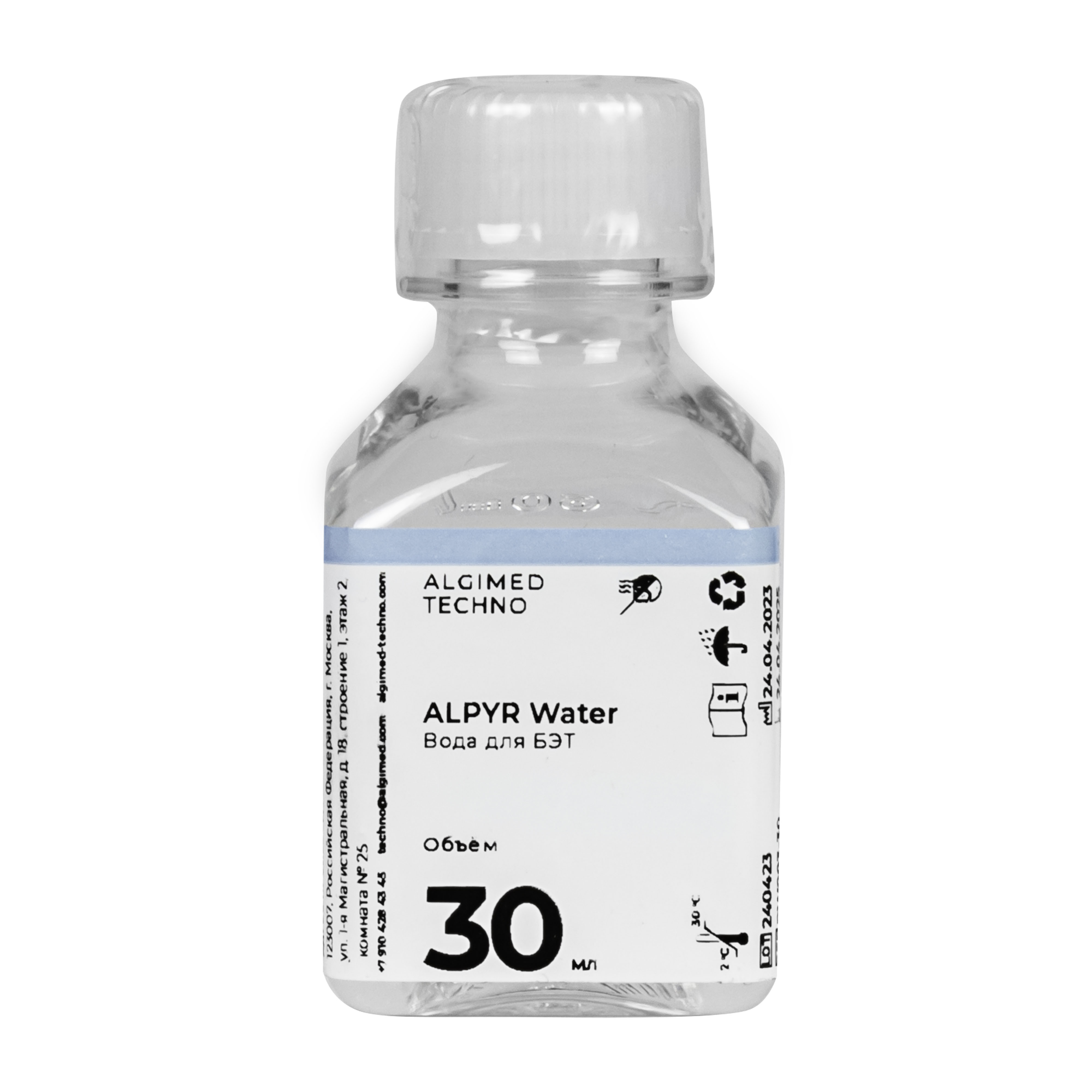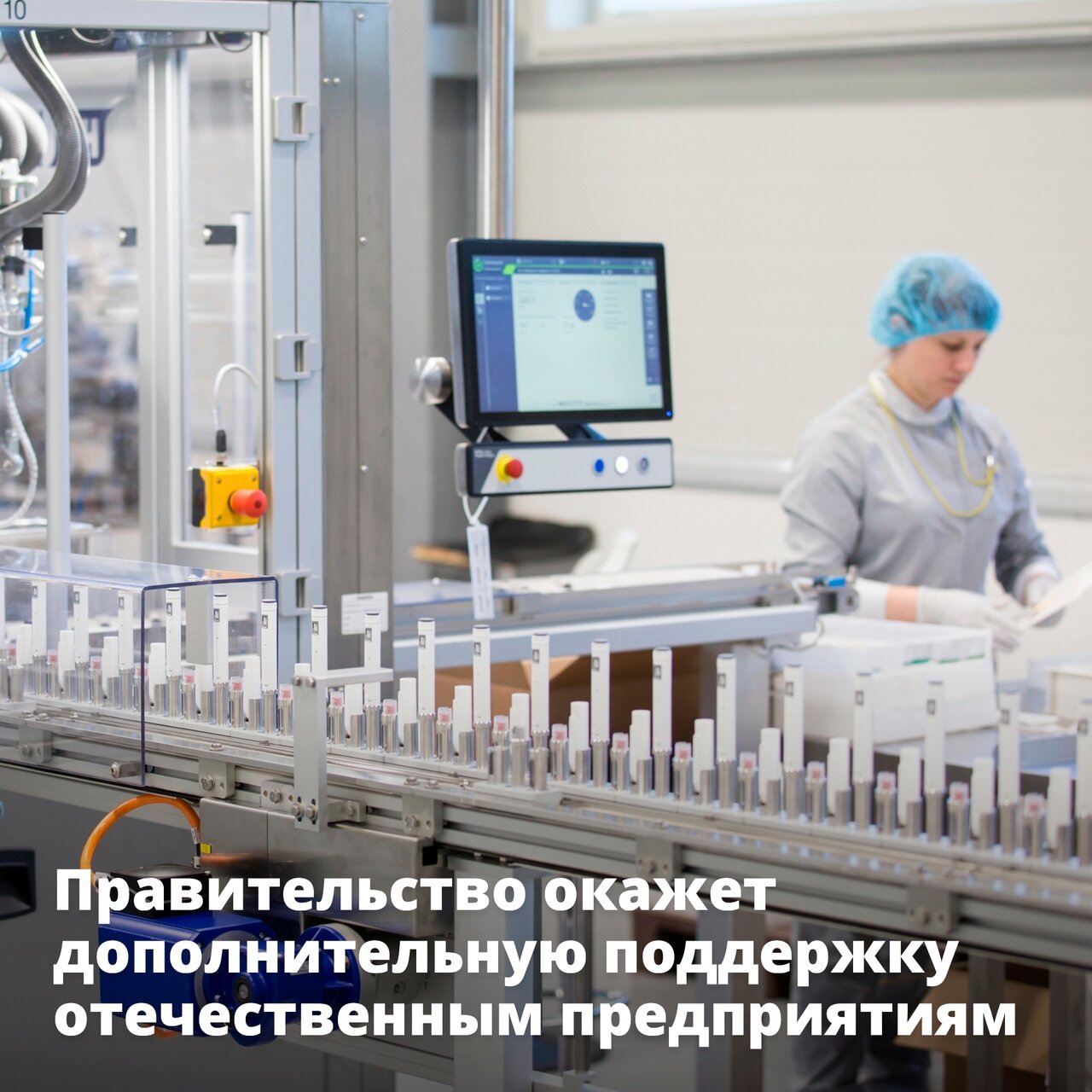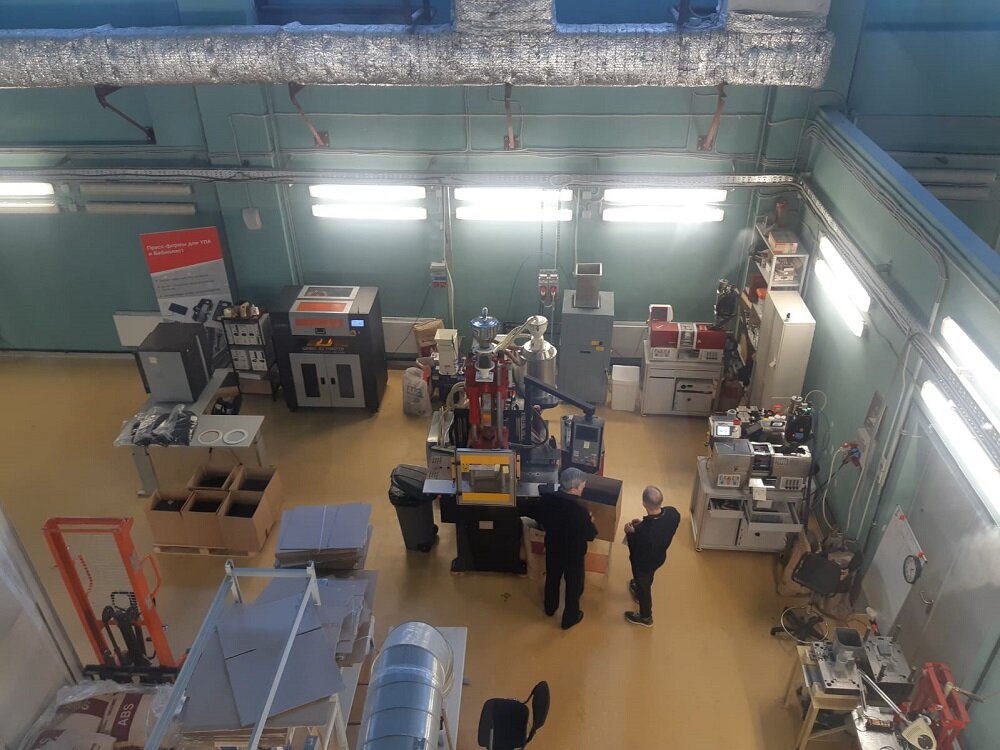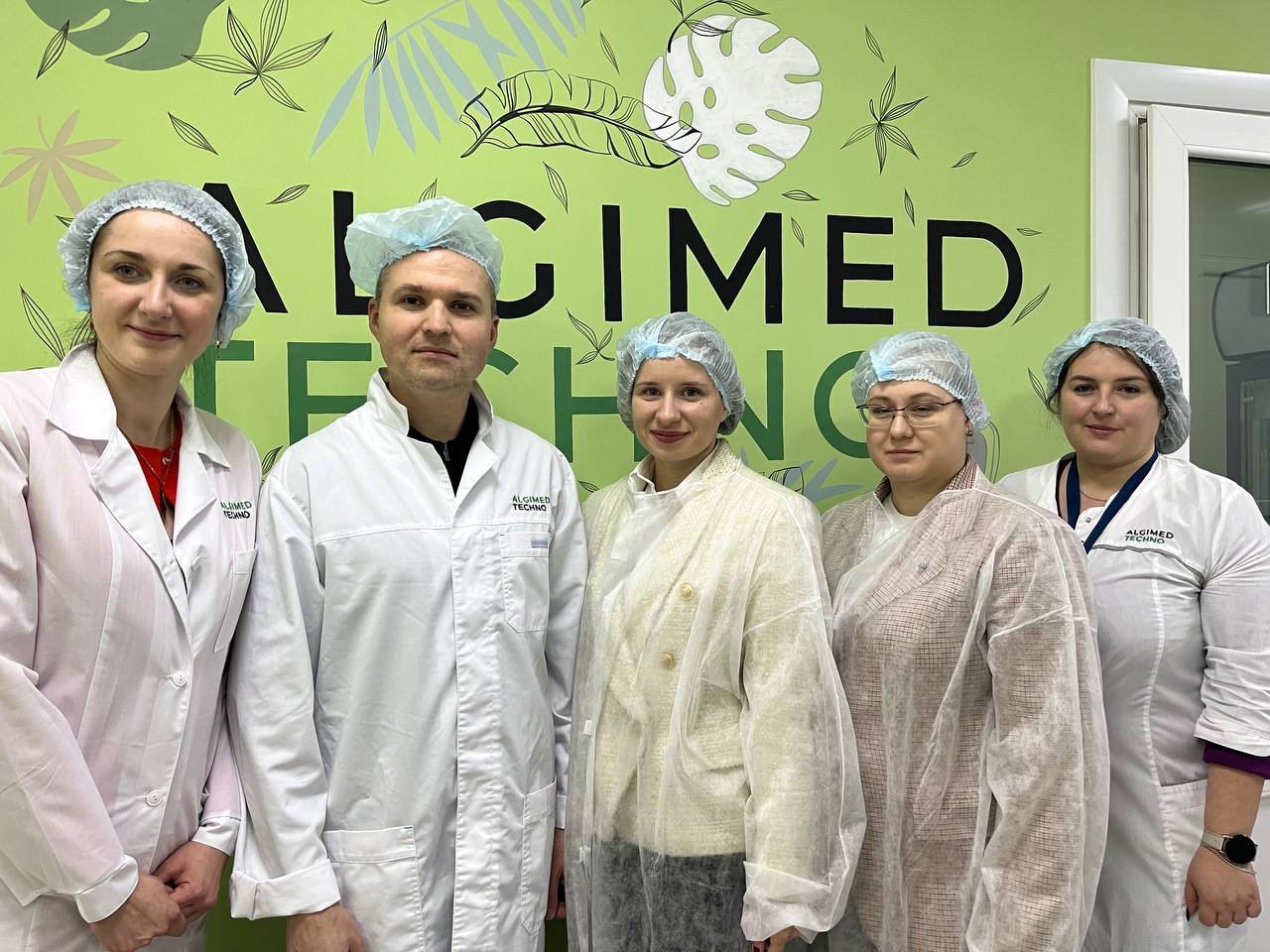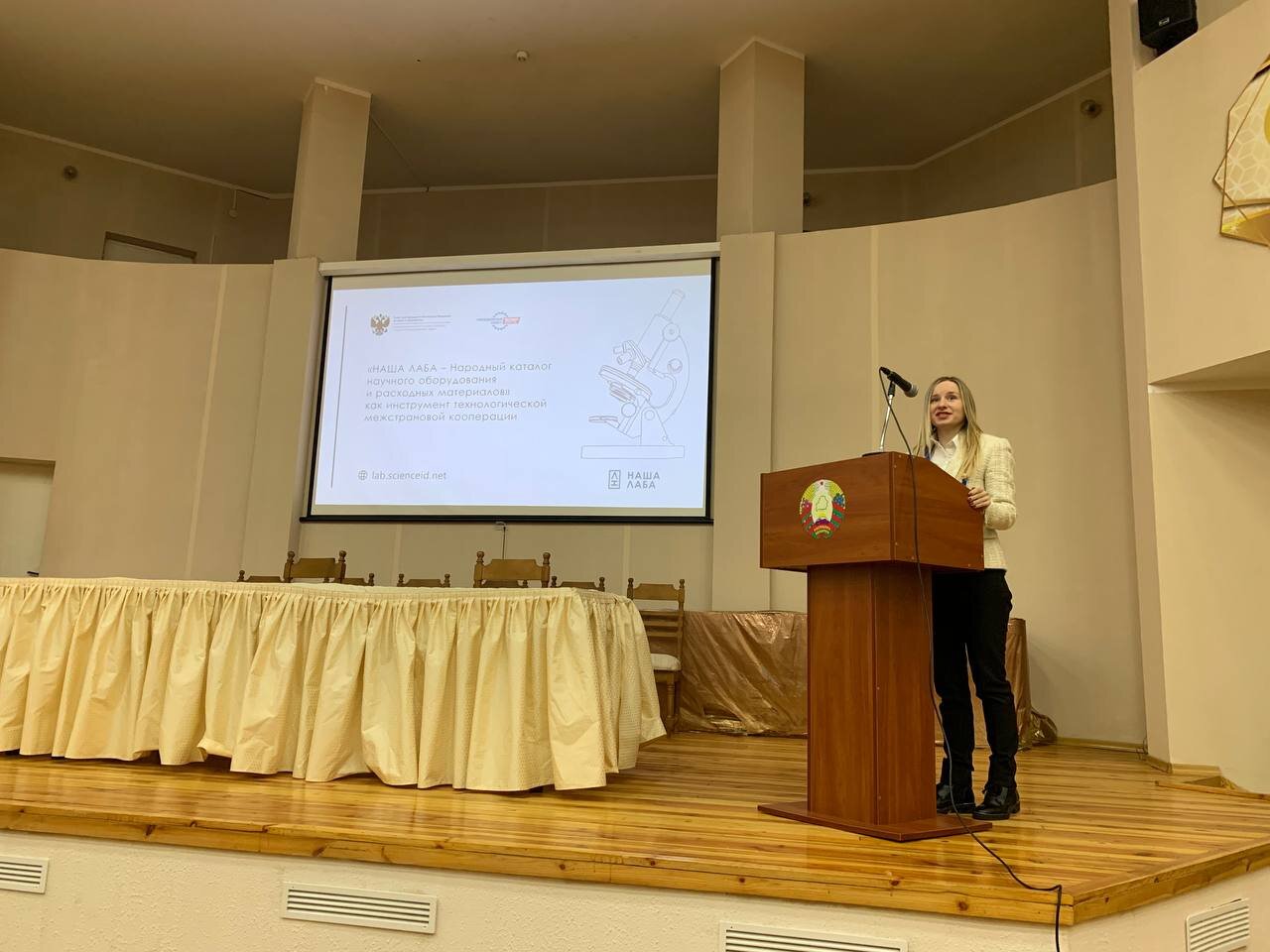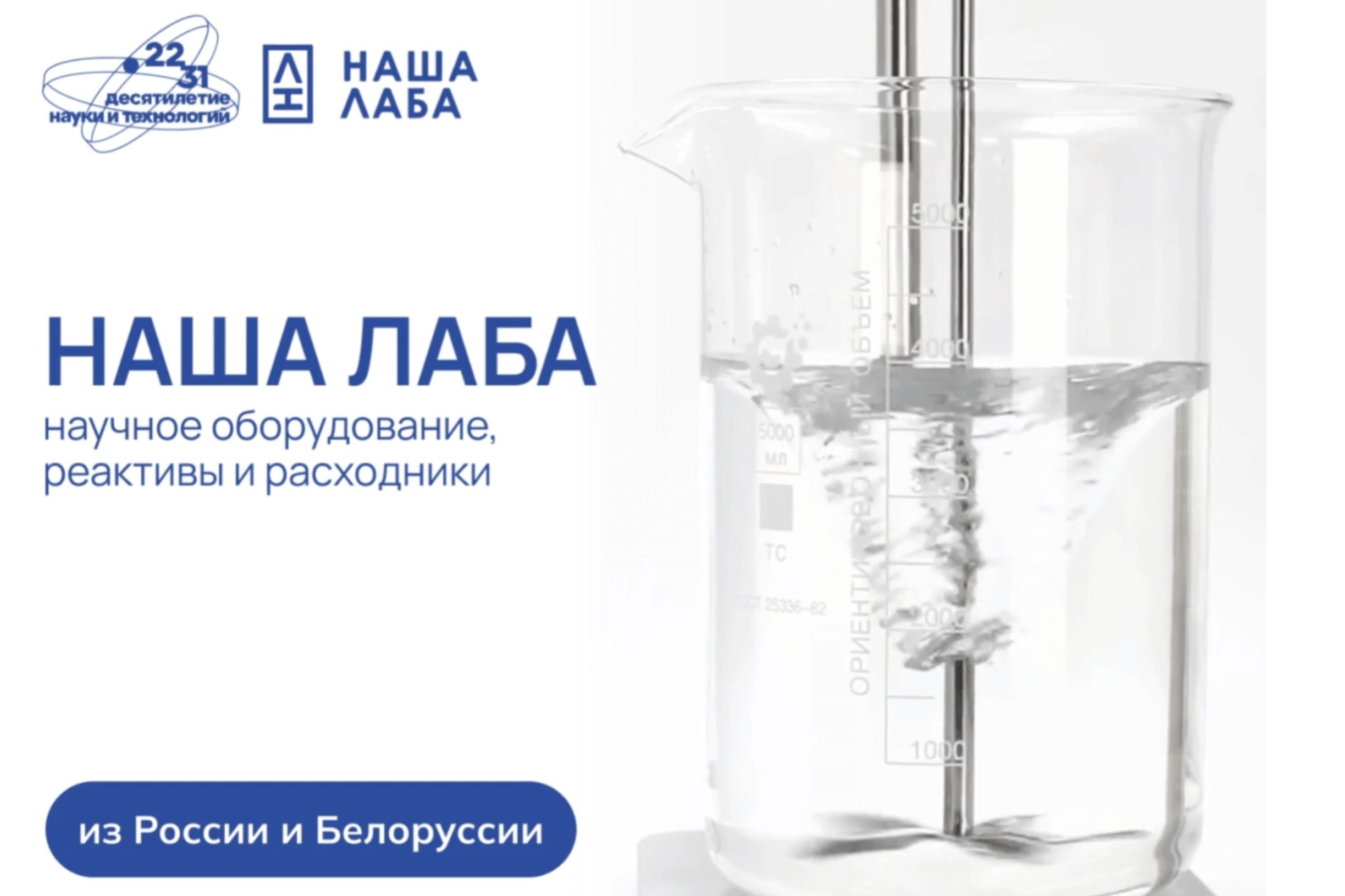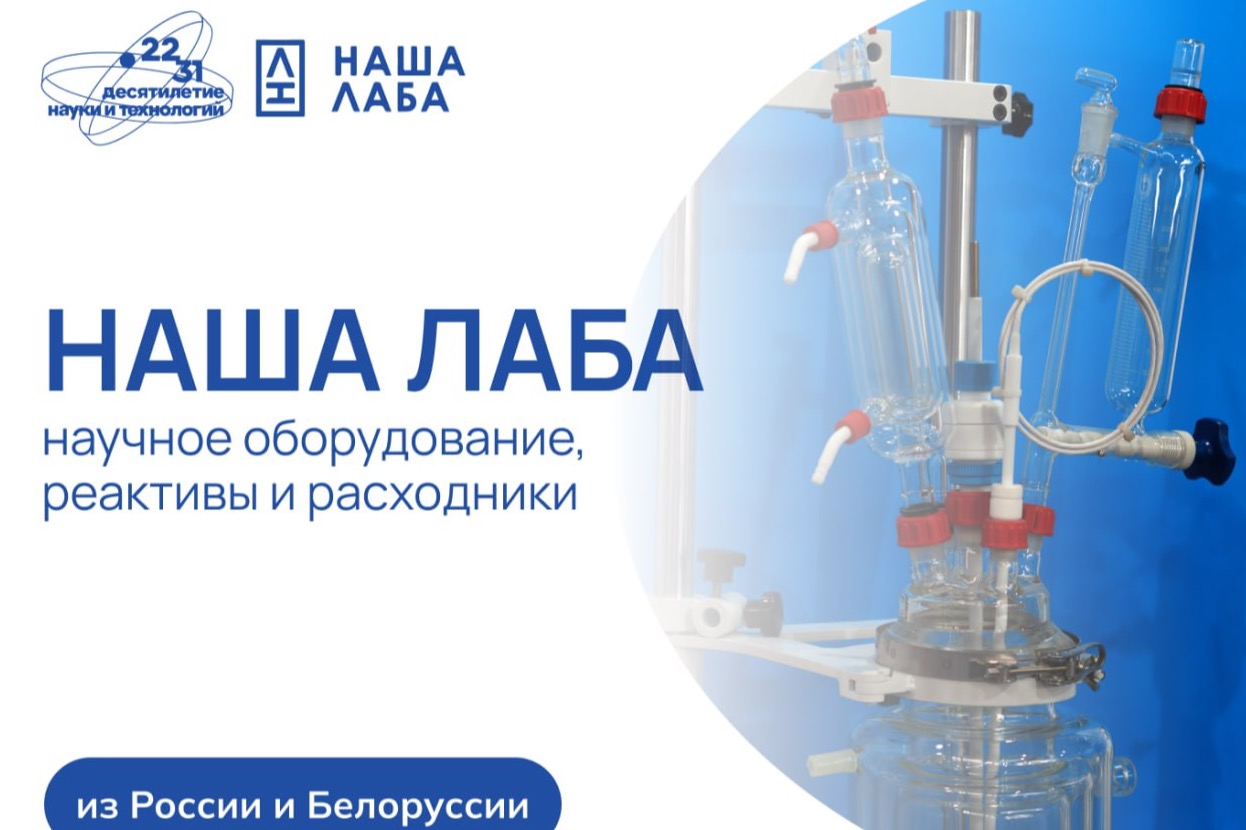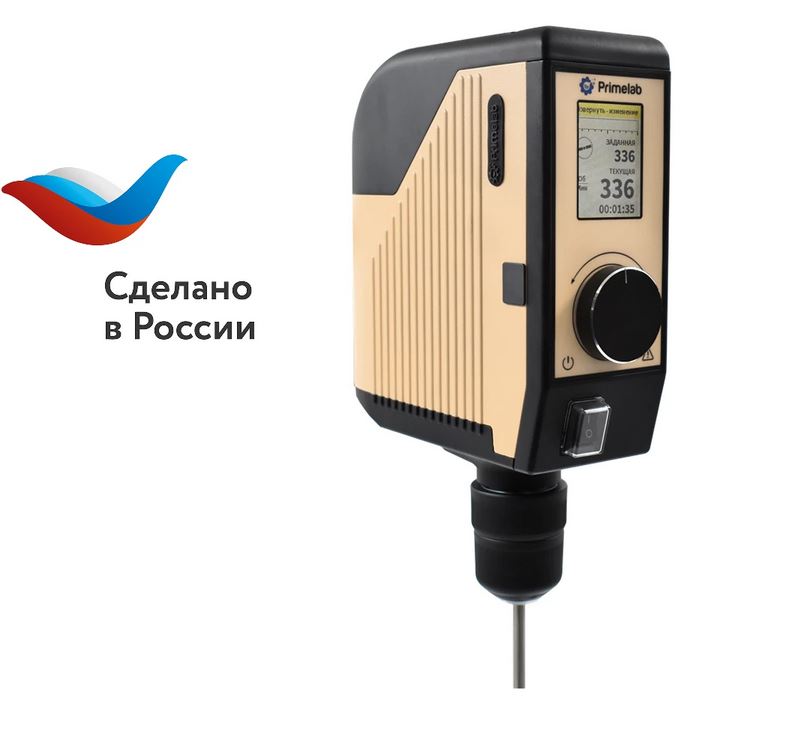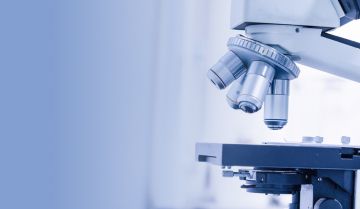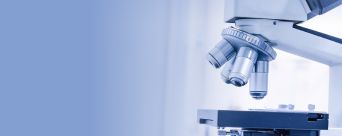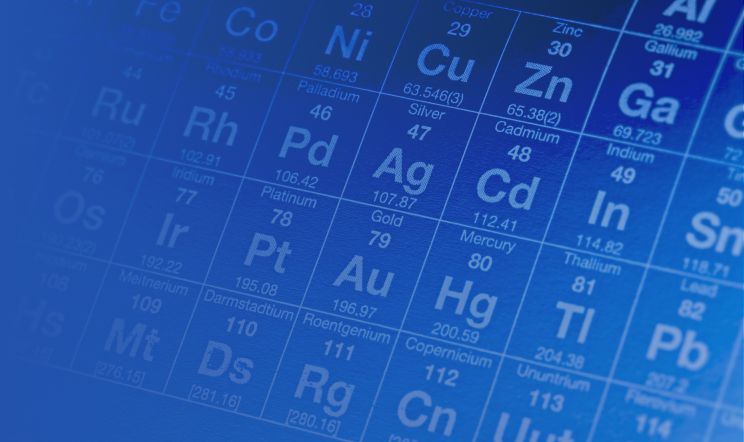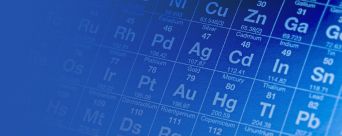RP 1L Reactor System by Primelab
Universal system for chemical synthesis and emulsification
RP 1L Reactor System by Primelab
A complete laboratory in a single package — everything required for reactions, emulsification, vacuum processing, and temperature control.
Ready-to-use system — no additional equipment purchases needed.
100% chemical resistance — all contact surfaces are made of borosilicate glass and PTFE.
Russian-made — guaranteed quality and easy access to spare parts.
Complete set includes:
1.1-liter reactor vessel
o Material: borosilicate glass
o 6 standard joints for connecting equipment
o Jacket for circulating heat transfer fluid
2.Top-drive stirrer TM-100 Primelab
o Power: 105 W, speed range: 20–3000 rpm
o Modes: reverse, shaker, timer
o Handles viscosities up to 60,000 mPa•s
3.Liquid thermostat Primelab
o Range: up to +200°C
o Temperature stability: ±0.1°C
4.Vacuum module
o Membrane pump PL.HM01.01.10 (chemically resistant)
o Digital vacuum controller VC-Pro Primelab, range 1–1000 mbar
o Trap with gauge Primelab (borosilicate glass, PTFE)
5.Additional accessories
o Liebig condenser with vacuum port
o Dropping funnel
o Stirring rod
Technical specifications
Parameter: Value
Total system volume: 1.5 L (working volume 1.0 L)
Max operating pressure: 1.5 atm
Temperature range -20°C to +100°C
Stirring speed: 20–3000 rpm
Vacuum Down to 5 mbar (residual)
Dimensions: 400×300×600 mm
Weight: 12 kg
Key advantages
✔ Easy to use
✔ Safe operation
✔ Scalable
Areas of application
• Organic synthesis
• Pharmaceutical development
• Production of emulsions and suspensions
• Pilot testing before scale-up
• Scientific research
Produced in: Mytishchi, Moscow region





